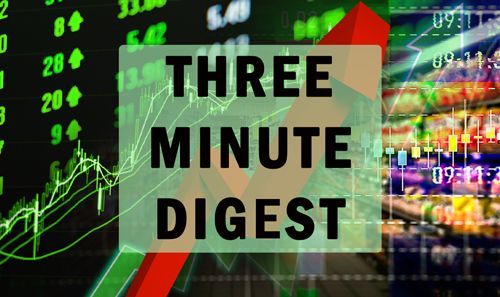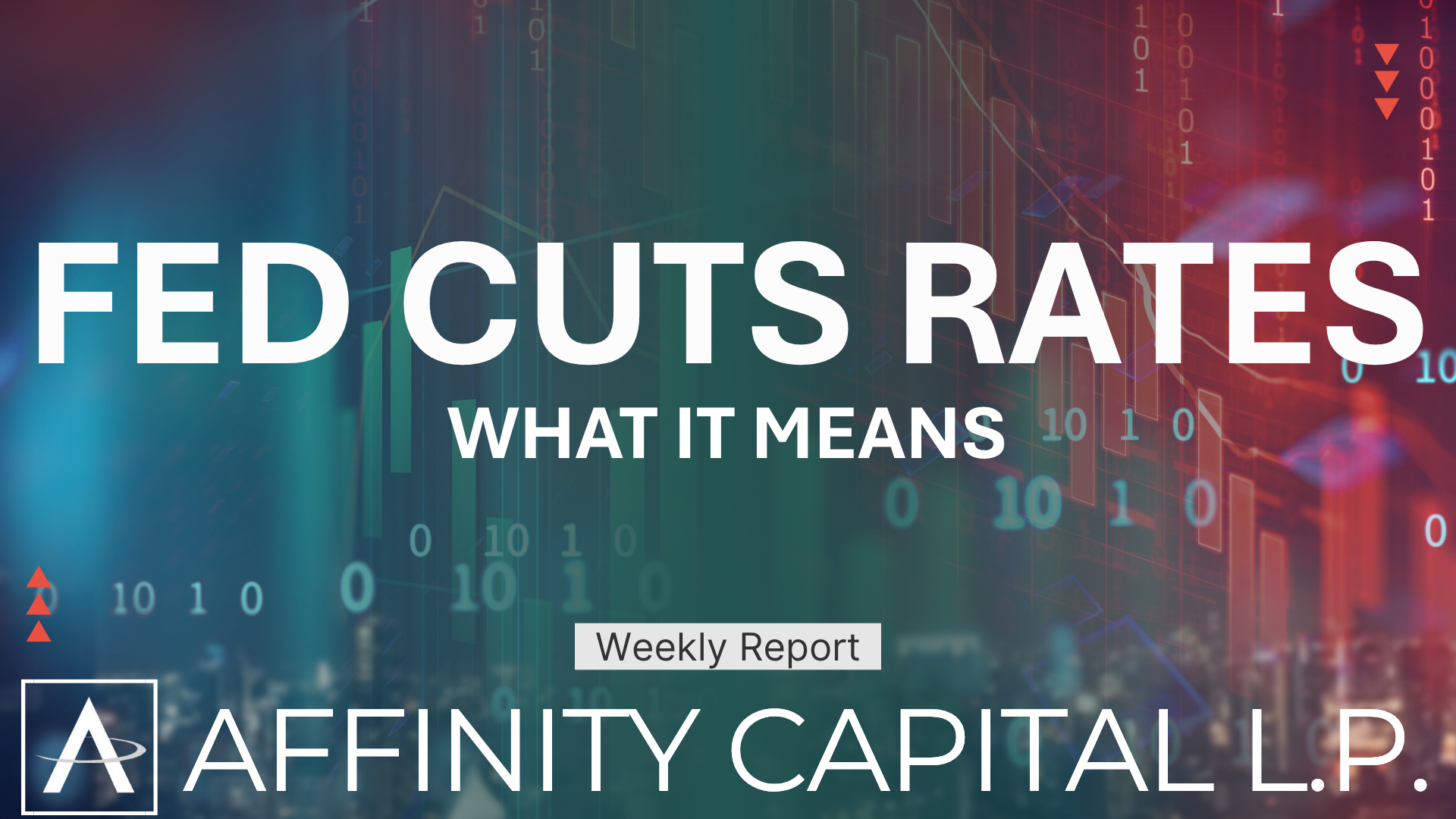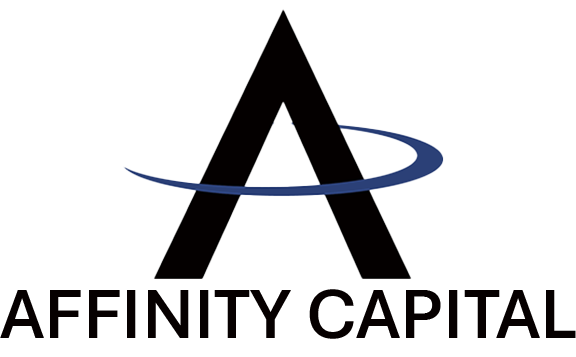Three Minute Digest for March 31, 2022

As the first quarter of 2022 ends, our focus is on navigating higher inflation, rising interest rates, geopolitical turmoil, and lower economic growth projections as well as the ongoing recovery from the heights of the Covid pandemic.
The Russia/Ukraine war continues to wreak destruction on cities, infrastructure and especially the Ukrainian people. They have surpassed all expectations in slowing and in some instances halting the Russian advance yet comes at a great cost to millions of innocent families.
The destruction of Ukraine’s economy will be felt in the global economy as well. Ukraine has a large and highly educated consumer market and a cost-competitive workforce. A broad array of international investment has settled there including auto parts supply chain and technology. While their GDP, Gross Domestic Product, and standard of living has been low, it is due more to a less mature economy and corruption than economic activity itself. Ukraine is a world leader in natural resources with riches in uranium, titanium, manganese, iron ore, mercury, shale gas, and coal. They rank first in Europe as to arable land area and other riches include sunflowers, potatoes, barley, rye, corn, honey, and wheat.
In our January 26 th Digest , we stated, “Mixed signals abound within the question of whether Russia will make advances on Ukraine. ….. vast energy, mining, and agricultural resources. Disruption of these industries through further sanctions or military conflict would have serious repercussions for world markets.” In our portfolios we sold international positions while maintaining positions in the energy and materials sectors.
Inflation and Rising Interest Rates
Inflation and rising interest rates will be a mainstay of our Affinity Capital Digests and Market Commentary throughout 2022. In January, the 10 Year Treasury yield began at 1.52%. As of today, it hovers around 2.40%. That is a 58% increase in just three months!
Treasury Yield Explained
Treasury bonds, bills or notes are debt instruments issued by the U.S. government. Any investor can buy a Treasury Bond and in return, they are paid interest or a rate of return, or yield. A comparable example may be a certificate of deposit. You may purchase a CD for $1000.00 that pays a rate of 2.40% for one year. At the end of the year, you receive your $1,000.00 back and keep the 2.40% as an interest payment which may also be referred to as the yield.
While there are specific definitions to many financial terms, for our purposes and ease of understanding the terms yield and interest rates are comparable.
Why does the value of my bond go down when interest rates go up?
Imagine a seesaw. As interest rates go up, the value of a bond goes down and vice-versa. An example is owning a bond worth $1000.00 that pays a 10% rate of interest and tomorrow, interest rates rise to 11%. You now have $1000.00 and want to purchase my bond. But why would you pay full price for my 10% bond when an 11% bond is available? My bond is now worth less and I must lower my price to encourage you to buy it.
To this end, our portfolios contain numerous strategies, including hedging and treasury inflation protected securities that work to protect the bond investments against rising rates. We have recently sold numerous municipal bond positions in which there are fewer portfolio management options to combat rising rates.
As always, please feel free to call with any questions. We appreciate your business! We thank you for your referrals and the confidence you place in us when referring family, friends, and business associates.




